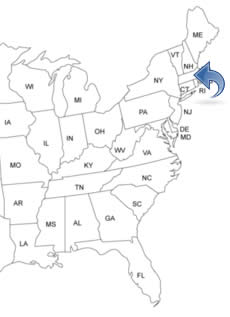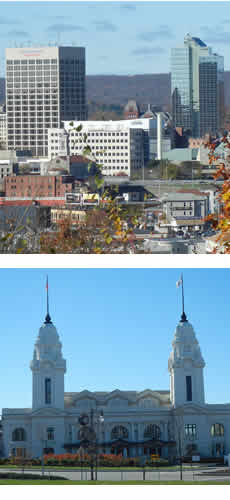MASSACHUSETTS PEOPLE SEARCH!
- ✔ Contact Info
- ✔ Phone Numbers
- ✔ Criminal Records
- ✔ Income Info
- ✔ Neighbors
- ✔ People's Age
- ✔ Property Ownership
- ✔ And Much More
Worcester, Massachusetts
Worcester is located in the central part and is the second largest city in the U.S. State of Massachusetts. Worcester is the only city in the country to be a five-time recipient of the All American City Award. The city is home to 10 colleges and universities. Worcester has lots of parks, green space, small bodies of water and tree-lined streets and the city has a very low rate of violent crime.
To See And To Do In Worcester
- Worcester Historical Museum
- Worcester Art Museum
- The Higgins Armory Museum
- Burnside Fountain
- EcoTarium
- The City Parks
- Downtown
History Of Worcester - Timeline
Worcester was settled by the English in 1673. The Native Americans called it Quinsigamond. In 1675, the houses were burned by Indians and the settlers were either killed or driven off. It was resettled and incorporated in 1684.
In 1702, the town was again abandoned because of the war with the Native Americans. In 1713, Worcester was again resettled. In 1719, a town meeting house was built. In 1722, Worcester was incorporated as a town. In 1733, a Court House was built. In 1775, a post office was established and the newspaper "The Massachusetts Spy" moved to Worcester from Boston.
In 1800, about 2,400 people lived in the town. In 1824, a Town Hall was built. In 1828, the Blackstone Canal opened. It was a waterway linking Worcester to Providence, Rhode Island. In 1840, the typewriter was invented by Charles Thurber in Worcester. In 1845, the St. John's Catholic Church was completed. Worcester was chartered as a city in 1848. In 1850, the city was host to the first national Women's Rights Convention. In 1874, the Worcester State University was established.
One of the most famous entrepreneurs who brought growth to Worcester's economy was John Jeppson. He was a skilled potter from Sweden who emigrated to Worcester and founded Norton Company in 1885, now Saint-Gobain, the world's largest manufacturer and supplier of performance engineered abrasives for technical manufacturing and commercial applications, in addition to general household and automotive refinishing. John Jeppson created economic opportunity for the thousands of his Swedish countrymen who followed him to Worcester and to thousands of Americans who lived in the region.
In 1869, the Elwood Adams Store opened. In 1874, the Soldiers' Monument was unveiled and the Cathedral of Saint Paul was completed. In 1877, the first railroad station was built. In 1884, the Gothic style church "St. Peters Catholic Church" was built. In 1895, the Union Congregational Church was built. The Worcester City Hall opened in 1898.
In 1900, more than 118,400 people lived in the city. In 1911, the Union Station was built. In 1912, Bancroft Commons/Bancroft Hotel opened. In 1924, the multi-purpose sports stadium "Fitton Field" opened. In 1974, the Worcester Plaza in downtown was completed. In 1982, the indoor arena and convention center complex in downtown, DCU Center, opened. In 1991, the 289 feet tall "Sky Mark Tower "was completed.

